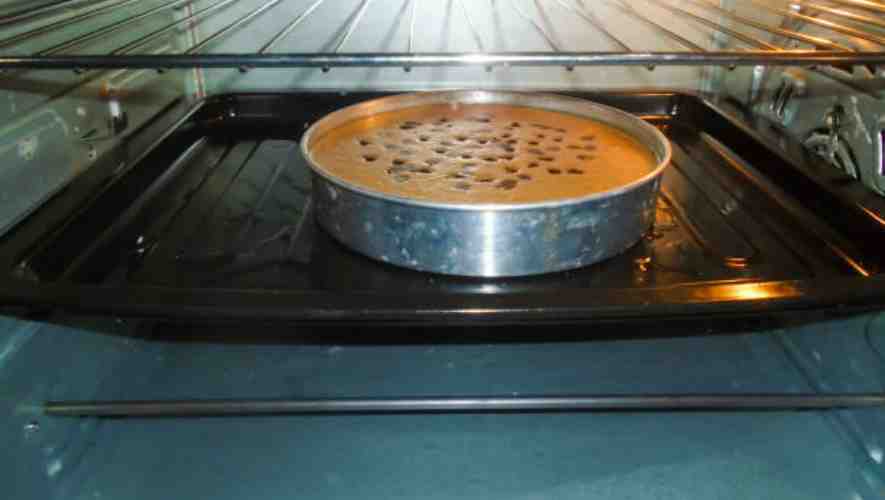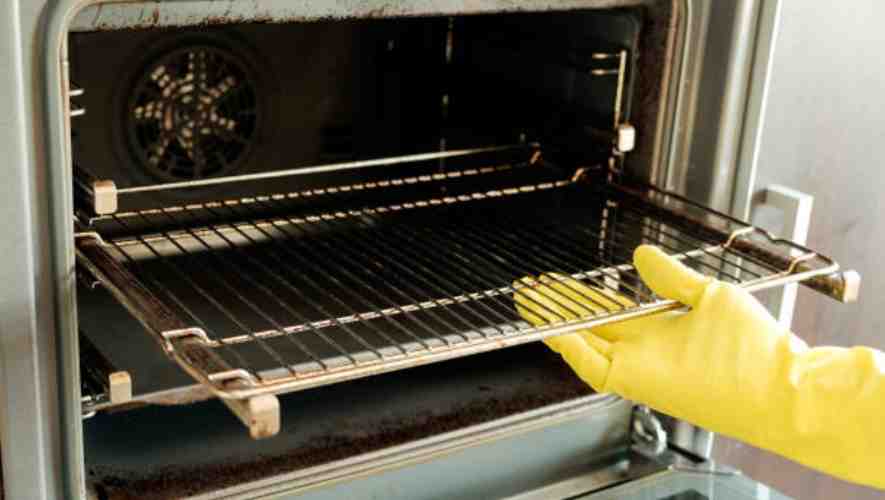When it comes to cooking in a convection microwave oven, one common question pops up: Can you safely put metal inside? This type of appliance combines the quick cooking of a microwave with the thorough baking abilities of a convection oven. Understanding what goes on in that cavity during convection cooking is key to using it right.
Can You Put Metal in a Convection Microwave Oven? Yes, you can use metal in a convection microwave oven when using the convection-only mode. Avoid using metal or foil in microwave mode as it can cause sparks and damage the appliance. Always check the manufacturer’s guidelines for safe usage.
Unlike traditional microwaves, convection microwave ovens have a convection mode that allows them to function like a regular oven, circulating hot air to cook food evenly. This means that some metal cookware, which would be a big no in a standard microwave, might actually be safe to use. However, you still need to be cautious, especially with items like aluminum foil, as they can cause sparks or even damage the appliance if used improperly. Knowing the specifics can help you get the most out of your convection microwave without any mishaps.
Can You Put Metal in a Convection Microwave Oven Without Any Fuss?

Understanding Metal in Convection Microwaves
When using a convection microwave, many folks wonder if they can toss in metal cookware or foil like they might in a regular oven. Here’s a down-to-earth guide to help you navigate what’s cool and what’s not when it comes to metals in these handy kitchen gadgets.
The Basics of a Convection Microwave
First up, it’s important to know what a convection microwave is all about. Unlike traditional microwaves, convection microwaves combine the quick heating of microwave technology with a heating element and fan that circulates hot air – just like convection ovens and microwaves rolled into one. This setup lets you roast and bake more effectively than with a standard microwave setting, giving your dishes a nice, crispy finish.
Can You Put Metal in the Microwave Part of a Convection Microwave?
Here’s the scoop: putting metal in the microwave part of the appliance while it’s on the microwave setting can cause arcing—a spark inside the oven—which isn’t just a light show, but can damage the interior of your microwave. So, no, don’t put metal in the microwave when using the microwave setting.
Using Metal in Convection Mode
Switch over to convection mode, and the rules change. Since the appliance works more like a conventional oven in this mode, you can generally use metal cookware, like a metal rack, without fuss. This mode doesn’t use the microwave’s electromagnetic waves, so the risk of sparking or arcing is greatly reduced, letting you roast that chicken on a metal rack without a second thought.
Precautions and Tips
Still, even in convection mode, exercise caution. Avoid using shiny, thin metals like aluminum foil unless specifically directed—it can cause arcing if it’s too close to the heating element or if it’s used improperly. Always check the manufacturer’s guidelines to make sure your cookware is suitable for use in your specific model of convection microwave.
What Happens When You Use Metal in a Convection Microwave Oven?

When you pop metal into a convection microwave oven, what exactly goes down? It’s a common question, especially since we’re all used to being warned against mixing metal with microwaves. But here’s the lowdown, plain and simple, so you can decide whether it’s a good move for your next kitchen adventure.
A convection microwave isn’t just your average microwave. These appliances are a combo deal, giving you the perks of both microwaves and convection ovens. This means you can use them to bake and roast, just like you might with a traditional oven. However, the way they interact with metal can vary based on the setting you choose.
If you’re using the convection setting, your convection microwave works more like a regular oven. This setting allows you to use metal pans, trays, and racks, which is great for getting a nice, even bake on your pies or a crispy skin on your roast chicken. Metal reflects heat, which can help cook food more evenly in this mode.
However, if your appliance is set to microwave mode, then think twice. Standard microwave advice applies here: no metal allowed. Metal objects in a microwave can spark and cause arcing. This includes smaller items you might not think about, like metal twist ties that sometimes come with bread or freezer bags. These can catch fire or damage the interior of your microwave.
It’s also worth mentioning that just because you can use metal in convection mode, doesn’t mean all metal items are fair game. Items like aluminum foil need to be used carefully. If they’re too close to the sides or if they’re crumpled up, they could still spark. Always check the specific guidelines for your microwave model before using metal in it, even on the convection setting.
Remember, offers and promotions, like “ends May 15” or “cash value,” cannot be combined with the basic functions of your microwave, so keep those separate from your cooking expectations. This isn’t about getting a discount on your next meal but making sure you’re using your kitchen appliances safely and effectively.
In short, using metal in a convection microwave oven is all about context. Switch on the right setting, check your manufacturer’s guidance, and you’ll be all set to cook safely and efficiently, whether you’re heating up leftovers or hosting a full-on feast. Just don’t toss your refrigerator or dishwasher in there—we all know those don’t belong in any type of oven!
Conclusion
In wrapping up, it’s clear that a convection microwave is more than just a standard kitchen microwave; it’s a versatile appliance that can truly revolutionize the way you cook. From quickly reheating leftovers to roasting a perfect chicken or baking a casserole, upgrading to a convection microwave opens up a myriad of culinary possibilities. This appliance cleverly combines the rapid heating of microwaves with the even cooking of a convection oven, thanks to its heating element and fan.
Whether you’re looking to broil, bake, steam, or simply reheat, the convection microwave can handle multiple dishes simultaneously, efficiently circulating hot air to ensure even cooking times and heat throughout your food. The addition of a convection rack lets you use metal cookware when the oven is in convection mode, transforming your microwave into a tool that’s just as capable as traditional ovens and cooktops.
However, it’s crucial to find the right fit for your kitchen and cooking style. Always remember the golden rule: never use metal in microwave mode to avoid any possible damage or sparks. When used safely and appropriately, metal can enhance your cooking by helping to roast and brown dishes to perfection.
Frequently Asked Questions (Can You Put Metal in a Convection Microwave Oven)
What kind of cookware can you use in a convection microwave?
In a convection microwave, you can use metal cookware, silicone bakeware, glass, ceramic, and any microwave-safe dish. Avoid using plastic unless it’s specifically marked as microwave safe. Convection mode allows more flexibility than standard microwave cooking.
Can you put aluminum foil in a convection microwave?
Yes, you can use aluminum foil in a convection microwave when it’s in convection mode, but it must not touch the sides and should be used sparingly. Avoid using foil in microwave mode as it can cause sparks and potentially damage the appliance.
Can you put a metal cup in a convection microwave?
Yes, you can use a metal cup in a convection microwave when it is in convection mode, as this mode uses heating elements and a fan to cook food, similar to a traditional oven. However, avoid using metal in microwave mode to prevent sparks and damage.
Can you use a metal dish in a convection oven?
Yes, you can use a metal dish in a convection oven. Metal conducts heat well, making it suitable for the even heat distribution that convection ovens provide. However, it’s essential to check that the dish is oven-safe before use.

